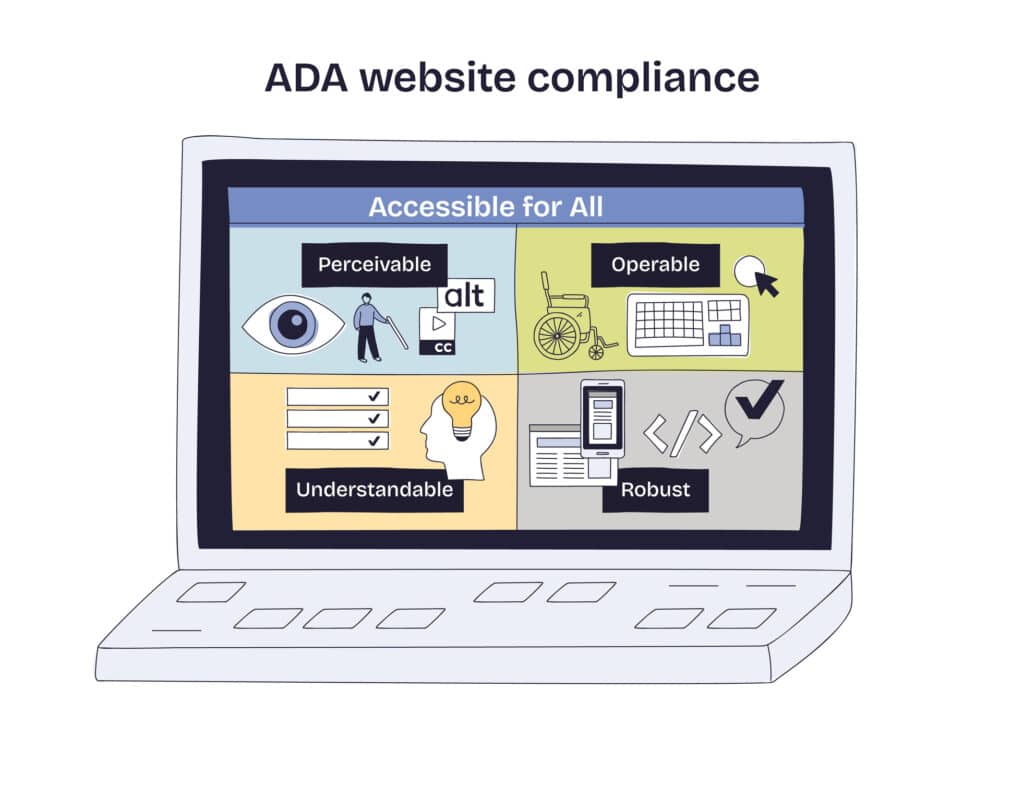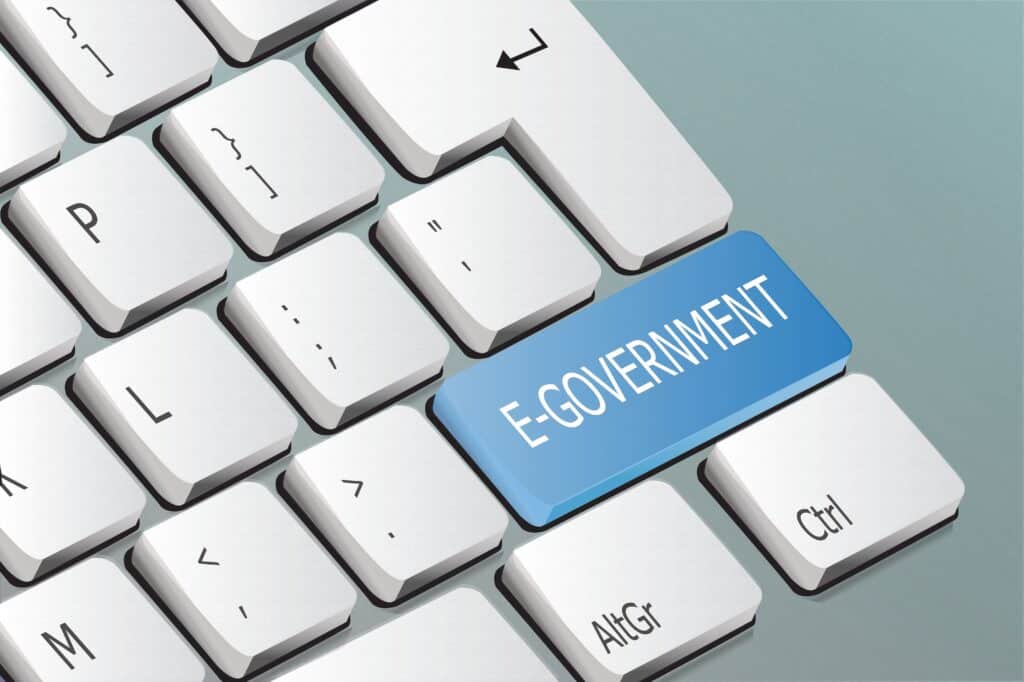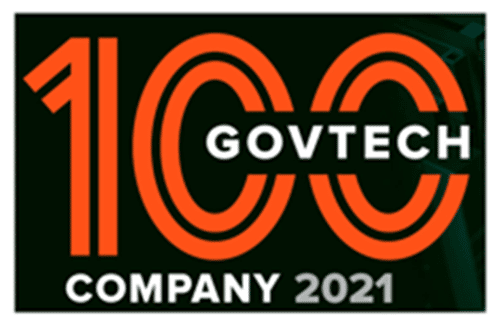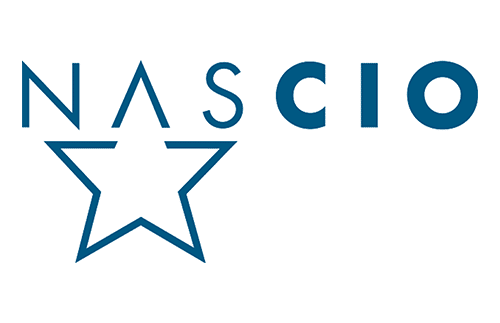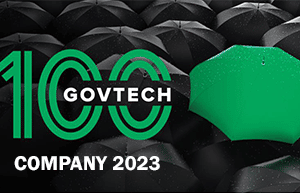Almost a year ago, we told you about the federal government’s “final rule” for digital accessibility. The message to state and local governments was clear: modernize web and mobile applications so that services are within everybody’s reach, regardless of disability.
Since then, states such as Colorado have codified principles delivered in the Americans with Disabilities Act (ADA) into their own laws, in this case House Bill 21-1110 and Senate Bill 23-244. As the state’s Office of Information Technology (OIT) website says, “When our digital services are inaccessible, we unfairly exclude people who need to access our information or services.”
ADA compliance and website modernization have been linked closely together for some time now. The premise isn’t complicated; the forms used to file for benefits or request services must be easily accessible online, replete with easy navigation, screen reader friendliness, legible fonts and sizes, and clear instructions.
However, a new movement is taking shape that is broadening the conversation about service digitization beyond accessibility and the ADA. This spring, Texas passed HB 5195, which “requires each state agency to conduct an internal assessment of its web presence, focusing on how easily users can access services, complete forms, and navigate content.” Yes, digital accessibility compliance is a stated goal of this legislation, but it is notable that the bill equally prioritizes “reducing paperwork” and “optimizing usability across devices such as desktops, tablets, and smartphones.”
Suddenly, the state’s Department of Information Resources (DIR) is charged with consulting with local agencies on how to present a “user-centered design,” create “shared web templates,” and deliver enhanced “search functionality and faster load times.”
There’s another way to look at HB 5195. Modernization is now the law! Digitizing services isn’t just about accessibility, it’s about automating processes, saving time, cutting costs, and fixing the paper mess—all while delivering a better experience for both constituents and staff.
Simple Forms for a Higher-Functioning Government
Constituents and partner organizations shouldn’t have to come to an office in person to pick up a required application. Forcing them to navigate a maze of subpages in search of the correct form in a sea of thousands on an agency’s website—and print PDFs—must also be a thing of the past.
In addition to being easily discovered, forms could be just as easy to complete in the primary language of the submitter. Instead of putting the onus on end users to decipher a magna carta’s worth of instructions, a digital experience can shepherd applicants through the proper steps based on each previous answer choose-your-own-adventure style. Simplicity would drastically reduce confusion, form abandonment, and phone calls to departments looking for assistance.
Digitization Instills Trust in the Process
When the process is as seamless and painless as the form, it goes a long way toward “the improvement of online access to services and the reduction of paperwork requirements” HB 5195 is striving for. HB 5195’s primary objectives depend on an equally smooth and coordinated processing of submissions in back offices. Completed applications should automatically be routed to the first reviewer in the chain with an autogenerated email alert. Each subsequent reviewer within and across departments can be similarly “tagged” electronically as the baton gets passed.
Workflow automation logic can be programmed to shepherd documents along the correct path, regardless of whether there are two or 200 different route possibilities. Nobody should have to wait long for an authorized employee to review and sign an important file, and no one should need to guess at the status of any submission; dashboards can illuminate—and help eliminate—bottlenecks quickly.
A Sign of the Times: Easy Signature, Easier Doc Management, and No Silos
If Texas wants municipalities to match the private sector digital experience, then electronic signatures should be as easy to obtain and monitor. When no-code solutions integrate with legacy payment systems and record databases across the agency, transactions can be finalized on the same device in minutes, while approved documents are automatically converted into PDFs and stored in the appropriate place.
More important, when systems work together, it’s easier for departments to do so, too. In short, that modern government envisioned by HB 5195 sees every process moving through each step without a glitch—fill, pay, route, automate, sign, and populate—through a machine that dissolves bureaucracy and silos.
A Legal Imperative Today, the Norm Tomorrow
At the end of the day, Texas is prodding municipalities to deliver what any employee or constituent would intuitively desire:
- A reduction in administrative tasks—manually printing, completing, signing, collating, filing, mailing, and saving documents
- The convenience of 24/7 remote access and filing of forms
- Faster, more efficient execution of critical responsibilities—minutes or, at most, a few days of processing time, not weeks or months
- Transparency in timing and status of initiatives
- Easy, intuitive processes
While HB 5195 stops short of compelling agencies to implement changes, it does require them “to assess their digital interfaces and consider improvements.” Ultimately, a single legislative report will be finalized by Nov. 15, 2026. At the end of the day, the bill is forcing Texas’s public bodies to stop and think about how they can upgrade technology to deliver services better and faster.
Texas has sent the message that agencies can present a great user experience that proves government can be innovative, efficient, and easy to work with—for constituents, employees, and policymakers. It’s inevitable that other states will soon similarly escalate expectations on municipalities to present a user experience that ordinary people expect (and usually get) from the private-sector organizations they do business with each day.
Digitization won’t just be the law. It will be the norm.
Ready to Modernize Your Agency?
Attend our webinar, Meeting Mandates, Serving People: A Stronger Path to Modernization, where we’ll share practical strategies for meeting mandates while minimizing disruption.




